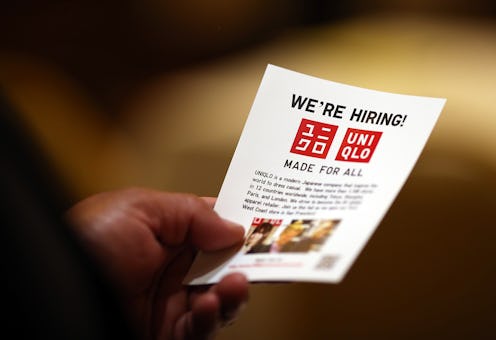News
Jobless Claims Are Actually Dropping
Looks like the American economy might be clawing its way back to normal levels.
On Thursday, it was confirmed that applications for unemployment benefits have dropped to pre-recession levels. The four-week average of claims haven't been this low since October 2007 — the global economic decline kicked off in December of that year — and excited analysts are predicting good things for the government's upcoming August jobs report.
Sure, the number of unemployment claims aren't a precise indicator of job growth. But five percent less people filed for those claims in the last two months, stirring hopes that this could mean more people are now employed. And more than a million Americans that received unemployment benefits last year didn't get them this year, which hopefully means that the majority of them just don't need them anymore.
The unemployment rate, stagnant at present at 7.4 percent of the country, is still well above ordinary levels. A healthy economy should typically see a rate of five or six percent unemployment. In October 2009, while the economic crisis raged, unemployment was over ten percent, which was the highest it had been in 26 years. A drop of almost three percent in four years is a tentative indication that the American economy will soon be restored to its former glory. Or, you know, normalcy.
Still, don't put too much faith in unemployment stats alone, said a CNN editorial this week.
Remember, jobless workers are not counted as being part of the labor force unless they are actively looking for work..the decline in the unemployment rate since its peak has mostly been the result of workers dropping out of — or not entering — the labor force... Given the weak labor market, they're not actively looking for work and so aren't counted. If those missing workers were actively looking, the unemployment rate would be 9.4%.
More bad news: a lot of the jobs that have been created in recent months are part-time and low-paying positions. Higher-paying, professional industries have been slower to regain jobs: for example, manufacturing and construction have actually lost jobs since last spring. Still, according to a private study Tuesday, factory activity does appear to be growing — as does the economy, albeit slowly.
Economic growth in the last quarter was a steady 2.5 percent, though analysts expect it to drop to a slower-but-still-steady two percent.
